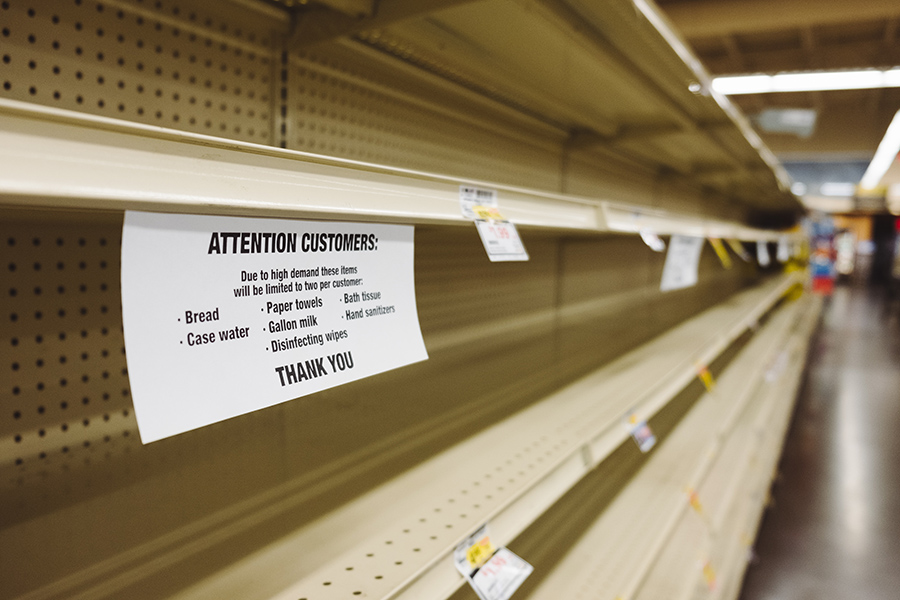
Overview
In today’s consumer centric world and ever dynamic demand-supply metrics, physical distribution and availability of product at point of sales is the most tricky aspect of the of the supply chain management process. A very crucial aspect of the whole supply chain process is the management of market logistics. It helps in controlling the physical flows of product from the point of production to the point of sales. The objective of an efficient market logistics is “getting the right goods to the right places at the right time for the least cost”.
Unfortunately, most of the organizations across industries with complex distribution channels (whether it is in 0, 1, 2 or 3 level channel) fail to accomplish this objective due to multiple reasons. One such critical insight is market information about the stock movement from actual point of sale at the right time. Many a times, this leads to stock outs because organizations fail to supply sufficient stocks in sync with the customer demands due to inefficient forecast or production planning.
Before we get into understanding an effective solution to prevent or minimize stock-out situations, let’s understand more about this term. Simply speaking, stock out or out-of-stock (OOS) can be defined as the inability of the seller or sales channel to provide a specific product demanded by the customer. OOS does not only lead to loss of sales and revenue but it also results in reducing customer loyalty towards the organization. In many cases, even the loyal customers hardly delay their purchase until the product is back in stock but rather prefer to substitute it with a different brand or buy any similar newly launched product from some other store due to urgency. . So, the Brand as well as the store ends up losing a loyal customer and other customers who may be influenced by word of mouth.
Why does out of stock or OOS situations happen?
- Inaccurate forecasting is one of the main causes of OOS, which results in either ordering too little or too late. It happens, even when historic sales reports are inaccurate, inventory management becomes irrelevant to meet actual product’s demand.
- There may be discrepancy between actual number of products in store or warehouse and product’s record in the billing systems at sales points. Technical issue like synchronization delay, human error, pilferage, etc. may also be attributed to this.
- Unexpected surge in consumer demand due to unforeseen natural conditions, e.g., during last year’s winter, most of the stores in Delhi, room heaters were out of stock because store owners and even manufacturers failed to foresee the unexpected demand of it which happened due to severe cold conditions
- Downstream logistic issues also play key role in OOS of product but it is not entirely under the control of the organization. Efficient transport system (like in Japan, U.S. and China) must be established in countries like India to address this problem.
Possible steps and ways to reduce stock-out situations..
- Accurate demand forecasting-historic sales data & reports help in making informed decision about inventory management. In order to have precise and accurate sales reports, one needs to monitor the sales trends of a product very carefully using effective supply chain management systems like Outreach® DMS.
- Generally, there is some delay between making of order and the actual delivery date. The organization needs to set auto reorder point of stock for every product skus in such a way so as to cover that time gap effectively. This can be done when AI driven systems are well integrated with billing systems across distribution channel.
- In the current digital transformation era, organizations can use various software for effective inventory & supply chain management that are proven in the market.
- One of the emerging trends is integrated supply chain and inventory management system where primary, secondary and tertiary sales are recorded and flashed on a dashboard with alerts and notifications to key stake holders at every level of distribution and logistics channel. This ensures that a minimum stock or inventory is maintained at every point of sales.
- In some cases, in order to shift inventory carrying cost to the suppliers or manufacturers and to reduce the burden of higher investment due to unsold stocks, organizations can build an eco-system of facilitating the retail channel to hold stocks without making payment until the product has been sold to the consumer.
- Lastly, some organizations can also opt for Safety Stock. This means in order to prevent OOS, extra inventory is supplied, at the same time new age techniques like machine learning are used to ensure that safety stocks do not result in over-stocking which can take up the space and incur additional costs to the retailer as well as to the distributors.
Focus should always be on maximizing customer services at every point of the distribution and supply chain network for creating a win-win and long-lasting Brand Value chain for everyone. Hope these methods and suggested steps help you in reducing any future stock-outs. Know more and speak to supply chain management experts from Outreach team.
